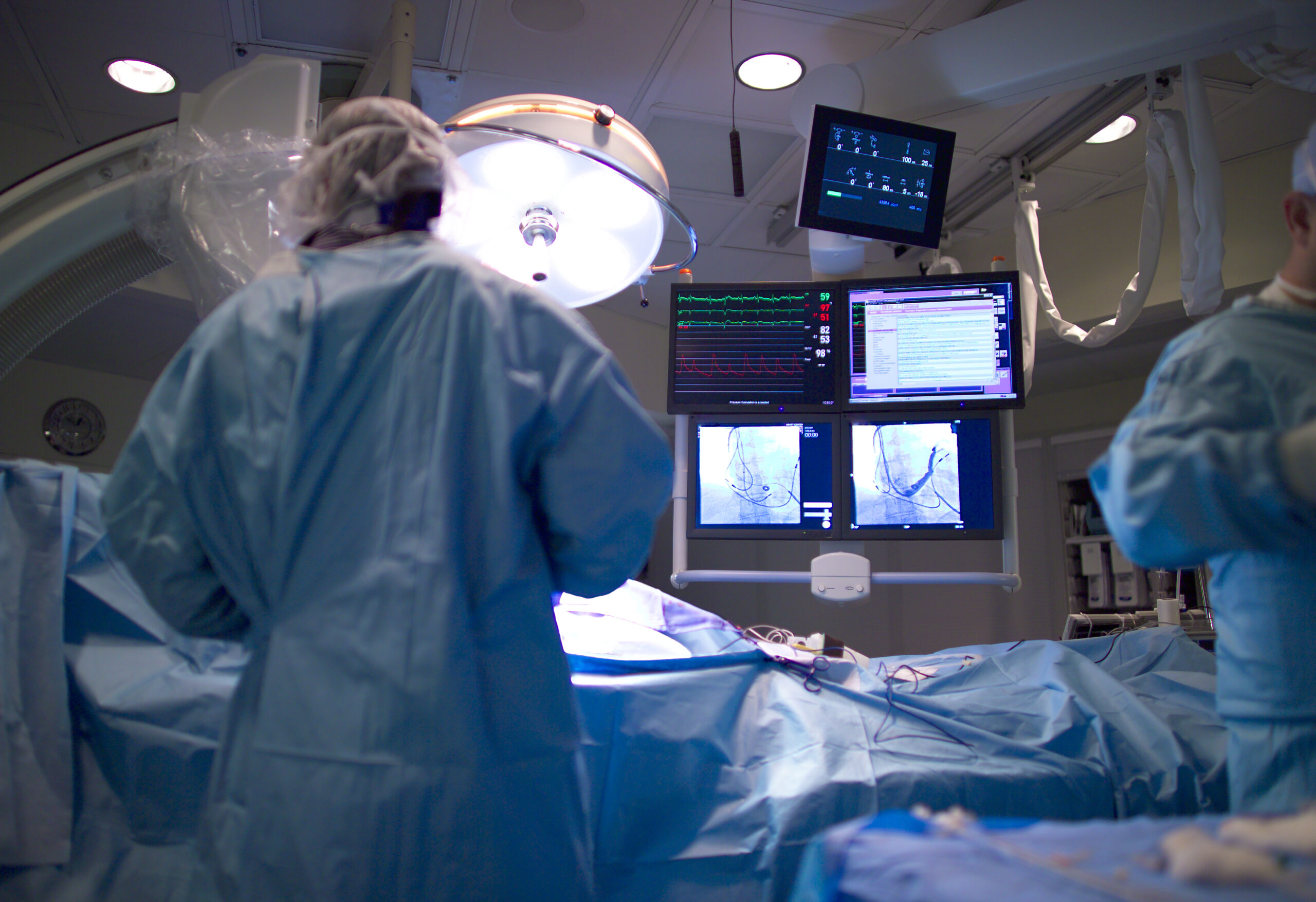World Cancer Day 2024 is a global initiative that emphasizes the importance of heightened awareness about cancer. This day is observed annually on February 4th since its inception by the Union for International Cancer Control (UICC) in 2000. World Cancer Day is dedicated to encouraging early detection, prevention and treatment while also advocating for improved access to healthcare services for those affected by cancer. It represents a unified platform where individuals, organizations and governments around the world can collaborate in the continuous fight against cancer.
The theme for World Cancer Day 2024 is “Close the Care Gap,” shedding light on the global disparities in cancer care. Presently, numerous barriers contribute to this gap, including limited access to healthcare facilities, financial constraints, stigma, discrimination and insufficient awareness. Closing these care gaps is crucial to guaranteeing universal access to cancer care, irrespective of one’s background or circumstances.
Technological advancements are revolutionizing cancer research and therapies. Key breakthroughs at the forefront include novel approaches to cancer treatment and diagnosis, the integration of artificial intelligence (AI) in oncology and the development of advanced preventive measures and care.
XTALKS WEBINAR: Enhanced Multiplex IHC Technology for Precision Oncology
Live and On-Demand: Thursday, February 22, 2024, at 11am EST (4pm GMT/UK)
Register for this free webinar to learn about the latest breakthroughs in multiplex immunohistochemistry (IHC), particularly Veracyte’s Brightplex® technology, a prominent example of multiplex IHC advancements.
Innovations in Cancer Therapy
CRISPR/Cas9, a groundbreaking gene-editing technology, has demonstrated significant potential in oncology, offering new avenues for cancer treatment. This technology, which allows for precise editing of DNA at specific locations, has been a major focus in the field due to its potential to directly target and modify cancer-causing genes. Here are several promising applications for CRISPR/Cas9 in oncology:
- Targeted gene therapy: CRISPR/Cas9 may be used to directly target and modify genes that drive cancer progression. By editing these genes, researchers can effectively neutralize their cancer-promoting effects. For instance, genes that are known to suppress tumors can be activated, while those that promote tumor growth can be deactivated.
- Cancer diagnostics: Beyond therapeutic applications, CRISPR/Cas9 also shows promise in the early detection of cancer. By targeting and identifying specific genetic mutations, this technology could lead to the development of more precise diagnostic tools, enabling early intervention and treatment.
- Immunotherapy enhancements: CRISPR/Cas9 is being explored to enhance the efficacy of cancer immunotherapies. By genetically modifying immune cells to better recognize and attack cancer cells, this technology could significantly improve the success rates of existing immunotherapies.
- Overcoming drug resistance: A major challenge in cancer treatment is the development of resistance to chemotherapy drugs. CRISPR/Cas9 offers a pathway to potentially overcome this, by modifying genes that are responsible for drug resistance in cancer cells.
- Personalized medicine: One of the most exciting prospects of CRISPR/Cas9 in oncology is its contribution to personalized medicine. By tailoring treatments based on an individual’s genetic makeup, it may allow for more effective and targeted therapies.
Clinical trials have demonstrated the potential of CRISPR/Cas9 in this field. For example, a study published in Nature Medicine in 2020 reported on the safety and feasibility of using CRISPR-edited T cells in patients with refractory non-small-cell lung cancer (NSCLC). This study, along with others, marked a significant milestone in the development of CRISPR-based gene therapy, providing evidence supporting the safety and feasibility of this approach in human patients.
Despite these promising developments, challenges remain, such as optimizing gene-editing efficiency, managing off-target effects and addressing the limitations of current protocols for producing patient-derived CRISPR-edited cells. Future advancements in CRISPR-based technologies, like base editing and prime editing, are expected to address some of these challenges by improving editing precision and safety.
Another breakthrough in cancer treatment is chimeric antigen receptor (CAR) T-cell therapy. This form of cancer immunotherapy involves modifying immune cells, known as T cells, in a laboratory to enhance their ability to locate and destroy cancer cells more effectively. After the genetically altered T cells are expanded into millions in the lab, they are reintroduced into the patient. If successful, the CAR-T cells continue to multiply within the patient’s body and, guided by their engineered receptors, identify and eliminate cancer cells with the target antigen on their surfaces.
Since 2017, the US Food and Drug Administration (FDA) has approved six CAR T-cell therapies. All these therapies are authorized for the treatment of blood cancers, including lymphomas, certain forms of leukemia and most recently, multiple myeloma.
RELATED: FDA Investigates Cancer Risk Linked to All Approved CAR T-Cell Therapies
The Role of AI in Oncology
AI is opening new and significant opportunities to enhance the management of cancer patients. AI plays a crucial role in supporting radiologists, improving outcomes, saving time and aiding in the classification of small lesions in imaging. It can also contribute to the identification of cancerous lesions that may be overlooked by human observers. Machine learning (ML) methods applied to medical images can extract a multitude of features that may be imperceptible to human eyes, potentially revealing unique disease characteristics and patterns.
Moreover, AI-based algorithms have demonstrated proficiency in assessing unstructured data, providing accurate estimates of the probability of patients developing various diseases, including cancer. This transformative technology holds great promise in advancing the precision and efficiency of cancer patient care.
AI has emerged as an instrument to help physicians to deliver more precise and accurate care. It promotes unique insights and improvements in tumor biology understanding through the collaboration of biological and computer scientists. As of October 19, 2023, there were 692 FDA-approved devices linked to AI/ML, underscoring the expanding role of these technologies in healthcare. Through the end of July 2023, 79 percent of such devices FDA-authorized in 2023 are in radiology, nine percent in cardiovascular, five percent in neurology, four percent in gastroenterology/urology, two percent in anesthesiology and one percent each in ear, nose and throat (ENT) and ophthalmic.
The Importance of Preventive Measures
Based on the World Health Organization’s (WHO) statistics, it is estimated that 30 to 50 percent of all cancer cases can be prevented. Prevention stands out as the most cost-effective long-term strategy for cancer control. Early detection of cancer aims to identify symptomatic patients at the earliest stage, maximizing the likelihood of successful treatment.
Timely access to cancer care is also crucial, as delays or limited accessibility can result in reduced chances of survival, increased treatment-related challenges and higher healthcare costs. Early diagnosis enhances cancer outcomes by enabling intervention at the earliest possible stage, making it a vital public health strategy across various settings.
As we observe World Cancer Day 2024, it’s clear that the fight against cancer is not just a matter of medical advancement, but also of equity and access. The ongoing innovations in CRISPR/Cas9 gene-editing, CAR T-cell therapies and AI in oncology present hope. Yet, their true potential lies in our collective ability to ensure that these groundbreaking treatments are accessible to all.












Join or login to leave a comment
JOIN LOGIN